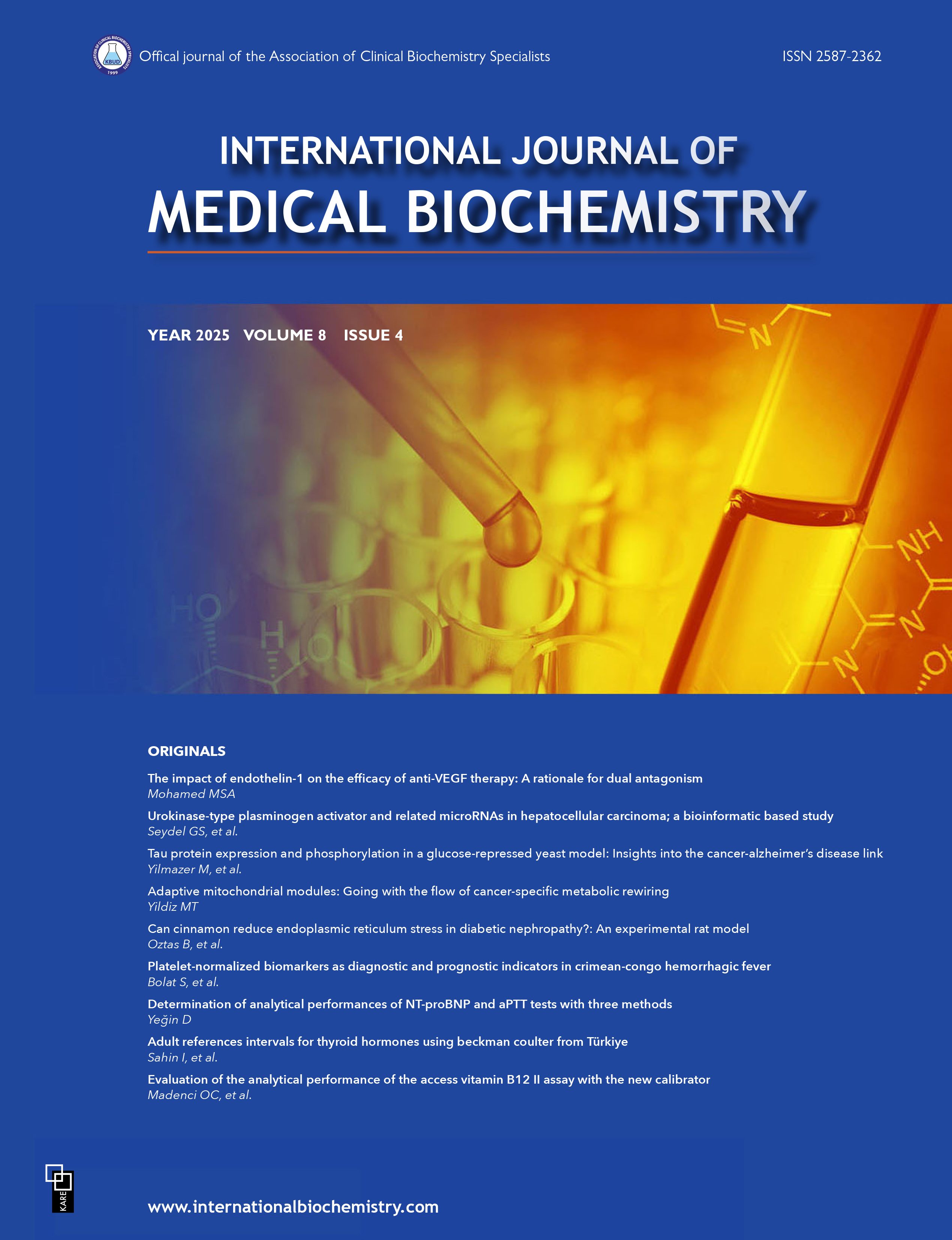The role of serum acute phase reactant levels in the prediction of impacted ureteral stone
İsmet Aydın Hazar1, Tuncay Tas2, Cem Tuğrul Gezmiş3, Ersan Arda4, Nusret Can Çilesiz1, Basri Cakiroglu51Department of Urology, University of Health Sciences Gaziosmanpasa Taksim Training and Research Hospital, Istanbul, Turkey2Department of Urology, Esenyurt University Istanbul Cerrahi Hospital, Istanbul, Turkey
3Department of Urology, Public Hospital of Bitlis, Bitlis, Turkey
4Department of Urology, Trakya University School of Medicine, Edirne, Turkey
5Department of Urology, Hisar Intercontinental Hospital, Istanbul, Turkey
INTRODUCTION: The aim of this study was to investigate the determination of ureteral stone impaction using acute phase reactants.
METHODS: A total of 110 patients who had a single ureteral stone treated during a single month using medical expulsive therapy of tamsulosin 0.4 mg/day, diclofenac 75 mg upon analgesic requirement, and at least 3 liters fluid per day were evaluated prospectively. The patients underwent ureteroscopy and were divided into 2 groups according to the presence or absence of impaction. The preoperative white blood cell (WBC) count, red blood cell distribution width (RDW), C-reactive protein (CRP) level, erythrocyte sedimentation rate (ESR), mean platelet volume (MPV), and neutrophil-to-lymphocyte ratio (NLR) in the non-impacted stone group (Group 1; n=59) and the impacted group (Group 2; n=51) were statistically compared.
RESULTS: There was no statistically significant difference in terms of age, stone diameter, body mass index, grade of hydronephrosis, or stone localization between the 2 groups. The WBC, RDW, and MPV value differences were statistically significant between the groups (p=0.035, p=0.035, and p=0.005, respectively). An MPV cut-off value of 9.55 fL was defined in Group 2 with 66% sensitivity and 62% specificity for impaction. There was no statistically significant difference between the groups in CRP, ESR, or NLR values (p=0.44, p=0.76, p=0.54, respectively).
DISCUSSION AND CONCLUSION: Evaluation of serum MPV with a cut-off value of 9.55 fL may predict ureteral stone impaction.
Manuscript Language: English







